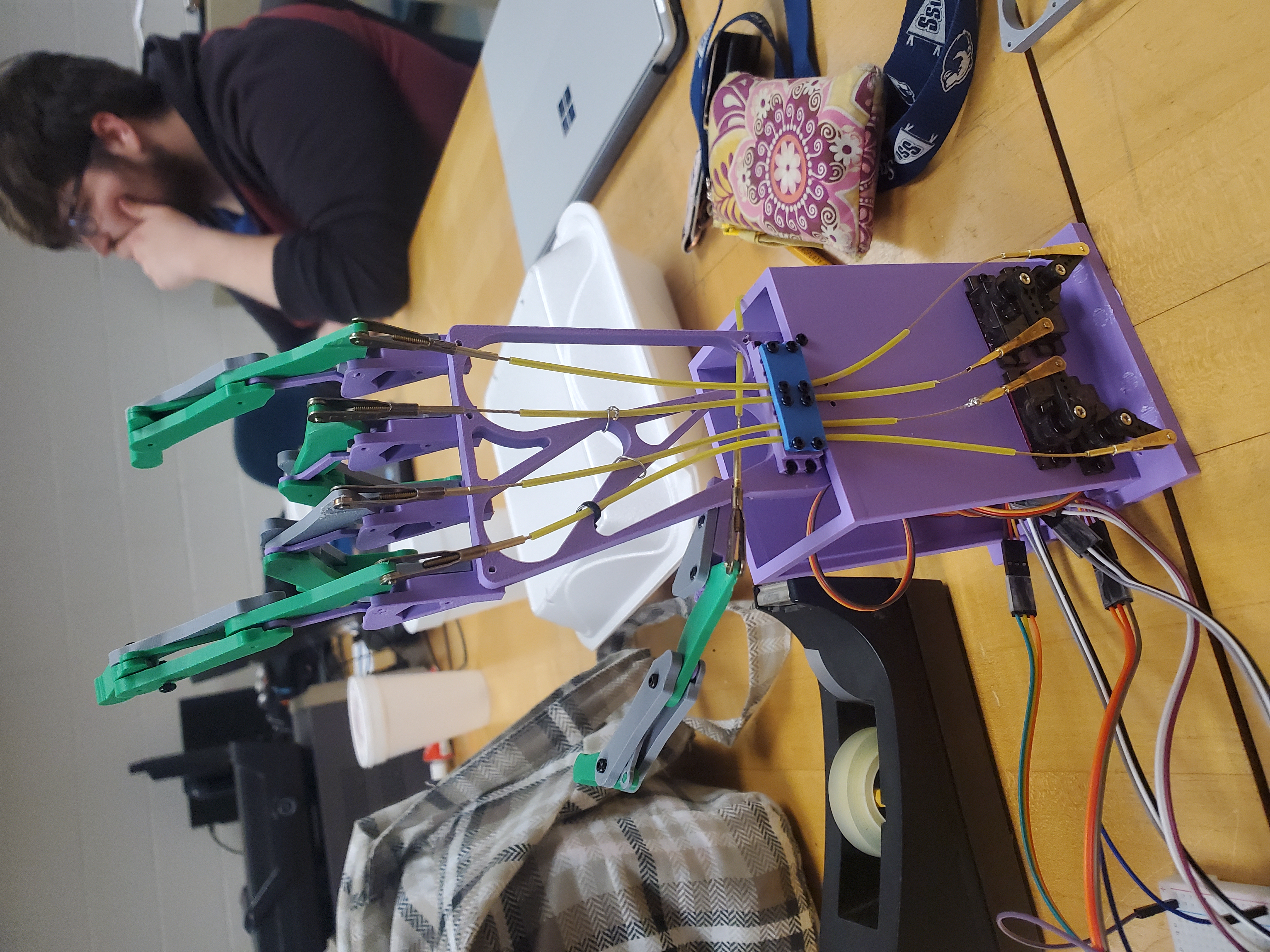A great starting point for a successful and exciting career in Information Technology
Students learn how to detect and defend against network infrastructure attacks by learning how to think like a hacker, and how to use the tools hackers use to penetrate network defenses. Successful students can earn the following information technology and security certifications:
Cisco®, CompTIA®, or EC-Council© certification.
View degree requirements in catalog
Graduates of this program develop problem solving and communication skills necessary to function effectively with end-users and decision makers throughout all levels of the organization. Our graduates develop life-long learning skills - the key to success in the exciting and dynamic field of Cyber Security.
SSU graduates are employed as incident handlers, security auditors, security specialists, penetration testers, and other related positions within the information security realm. Graduates work in private, public, and government sectors for businesses and industries that require security practitioners to meet government regulations, or to help safeguard company resources and data.
Students earning an IT Cyber Security degree from SSU are prepared to:
- Use ethical hacking to perform penetration testing, and perform digital forensics to collect information about cyber incidents.
- Compare and contrast common network security components and devices and their use throughout the IT infrastructure.
- Implement and administer SMB network security: identify and remediate threats, and secure data and network communication.
- Implement the concepts of confidentiality, availability, and integrity in information assurance, including physical, software, devices, policies, and people.
The Information Security associate's degree is also an excellent opening to the 4-year Information Security Bachelor's Degree. Students can work toward their associate's degree and if they choose, continue in the program for two more years to complete the bachelor's degree in a "2+2" format.
Information on occupational outlook and opportunities can be found at the Federal Government’s Bureau of Labor Statistics:

